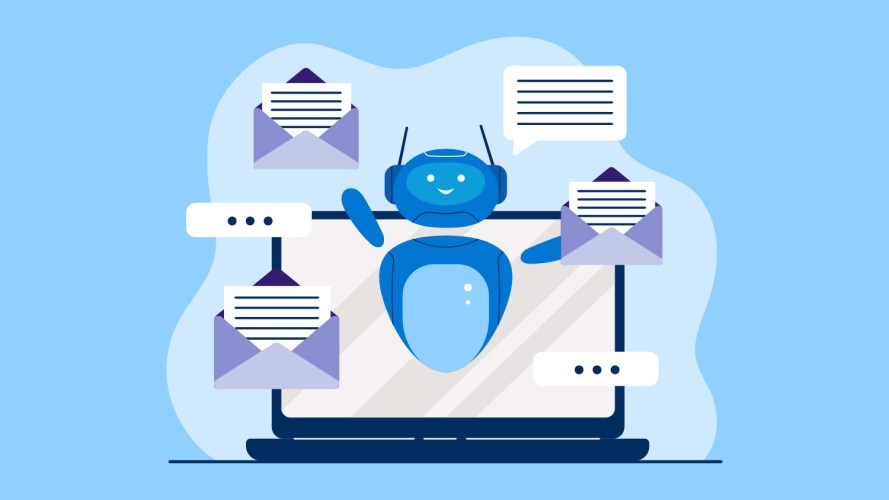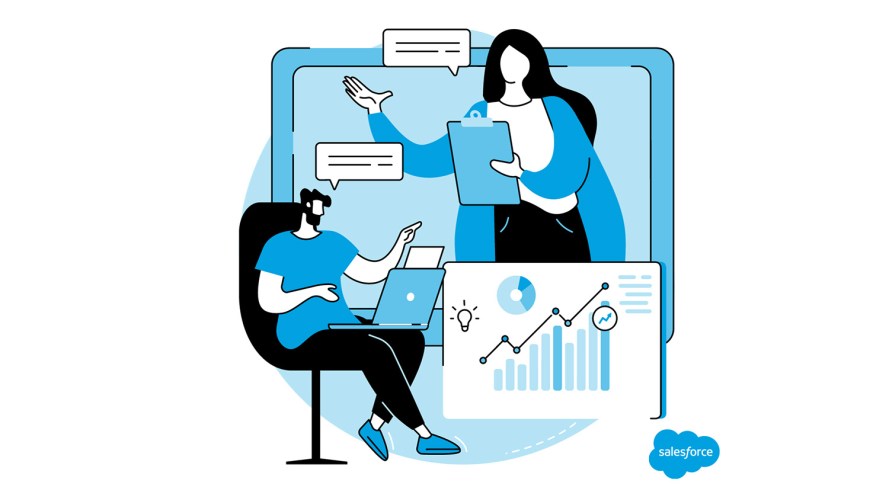4 ways to add muscle to your marketing automation



Over years of working in martech, Senior Director Marketing Cloud APAC Ray Moukaddem has seen many companies approach marketing automation platforms with the same ambition – to increase customer engagement and ROI. Here, he shares his top automation tips for marketers to improve the effectiveness of their campaigns.
Salesforce Staff
After a thorough vetting process, making sure the platform has all the features – everything they’ve read, heard and imagined – the company purchases an amazing marketing platform. Then they set up everything from triggered personalised journeys through to specific customer segmentation, all to realise that ambition.
The goal – to engage customers, transition them from browsers to buyers to advocates – is in reach. The grand plan will be reality.
And, with the campaigns running, it’s easy to focus on the rest of your to-do list without looking back. But this is where marketing automation, or more precisely the marketers working with it, fall down. Because although automated marketing provides a tremendous benefit to marketers, that benefit is to be able to expand a campaign, to take stock and refine tactics. It’s not to set and forget.
The marketer who uses automation to set and forget is the marketer who sees their job as one a robot could do. Great marketing is the marriage of technology to pinpoint the right next action and the human creativity that gets that action right. Set and forget marketing automation quickly becomes stale. Worse, it quickly becomes ineffective.
Here are four tips to ensure your marketing platform increases the effectiveness of your marketing campaigns and customer engagement.
1. Stocktake
There is a degree of satisfaction knowing that emails, texts, ads and other notifications are being sent to your customers every day with little to no effort. Leaving automations to do what they do best allows you to scale your marketing efforts and increase your reach.
The downside is that the idea that automation can replace a human, rather than augment uniquely human abilities, rarely leaves resources to review and improve existing campaigns. As the months go past, automation effectiveness decreases, segments change and customer expectations evolve.
It is essential that you review your campaign journeys and automation regularly. A regular cadence of 12 weeks to review and audit your campaigns will ensure you are keeping them updated and relevant. Two questions to ask of every campaign at every review:
- Is it still relevant or has a new campaign superseded it?
- What is one thing you could do to improve this campaign?
Make small adjustments to campaigns with continuous improvements. Sorting through to deactivate automations that are now redundant and replace them with something new will keep your platform easy to maintain.
2. Review Campaign Performance
Evaluating engagement metrics against strategic campaign goals should be a recurring task every three months.
This is based on an assumption that every automation has had some strategic planning before it was built, of course, because without a strategy it is hard to measure success against metrics (because, what metrics?). Ensure you have a clear strategy and measurable goals to compare the performance against on every campaign.
Include engagement metrics such as open and click as well as end-to-end campaign effectiveness to track the customer’s journey from email to landing page to completing a goal. When adding a call to action in an email, you need to be able to measure against completion rates, as well as against the strategy the campaign is trying to achieve.
When your campaign is not reaching its target, you can make changes to the segments, content or send time to improve engagement.
3. Make Time To Experiment
After reviewing performance, identify critical campaigns you want to improve. Start by reviewing engagement metrics and target segments to understand the trends and the results they are driving.
With a better understanding of the drivers for your campaigns, experiment to determine the next best action for your customer. One of the biggest inhibitors of success I see is the hesitation to try something new.
Some experiments could include changing a single send to a two-step journey. For example, when sending a separate transaction email such as a ‘Thank you for registering’, add a split and send a follow-up email after three days.
The segment is split 50/50:
- On one path you have an email with a content block offering useful advice relevant to that audience segment, followed by a product showcase for a new product line.
- On the other path you would exclude the content block and include the product showcase.
Seeing which email performs better, against the goal of driving to product pages, provides insights to refine your overall content strategy.
Another easy step is to take a look at the new capabilities in the latest update of your platform. In Salesforce Marketing Cloud, this could be the new Einstein Send Time Optimisation. Changing one setting will enable Einstein Artificial Intelligence to start analysing your send time and open rates, and determine the best time to send a communication to your customers.
Remember, experimenting on a small percentage of your segments will provide insights quickly with little risk. You will be able to adapt your campaigns to improve your engagement and ROI.
Every month you should be trying one new thing on a campaign. Platforms are being updated with new features at an incredible rate. By not exploring the new features you miss out on simple uplifts to your campaigns and, subsequently, improved customer engagement.
4. Increase Your Platform Knowledge
When was the last time you read the release notes from an update? Salesforce Marketing Cloud has five releases per year. There are videos, emails and web summaries of the new features.
Making it part of your weekly schedule to learn small things about new features means you will be able to experiment and build new campaigns faster.
There are many ways you can keep up. You can subscribe to forums or attend User Groups or Lunch & Learn events. You can jump on our fun learning platform Trailhead and earn badges for your skills.
Due to the pace and pressure of executing campaigns, there is often no time reserved to learn. But schedule that time every week and you’ll see the difference – whether it’s being able to adopt a new feature or build existing features in half the time.
There’s an overwhelming amount of information online. If you’re not sure where to start, consider investing a few hours with a consultant each month to provide direct advice on areas of the platform you could use better. When you go to marketing events, you could be the one on stage saying ‘This is what I do’ instead of in the audience wondering ‘How do I start doing that?’.
For more marketing insights and trends, download the fifth edition State of Marketing report.
State of Marketing
Insights and trends from over 4,100 marketing leaders worldwide.























